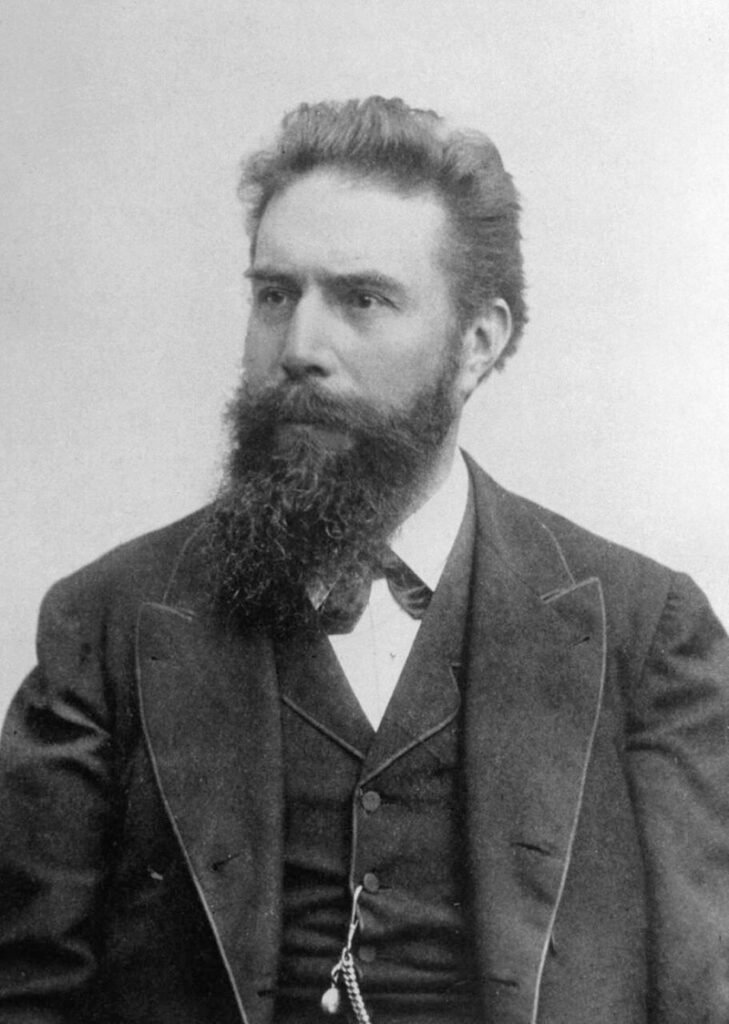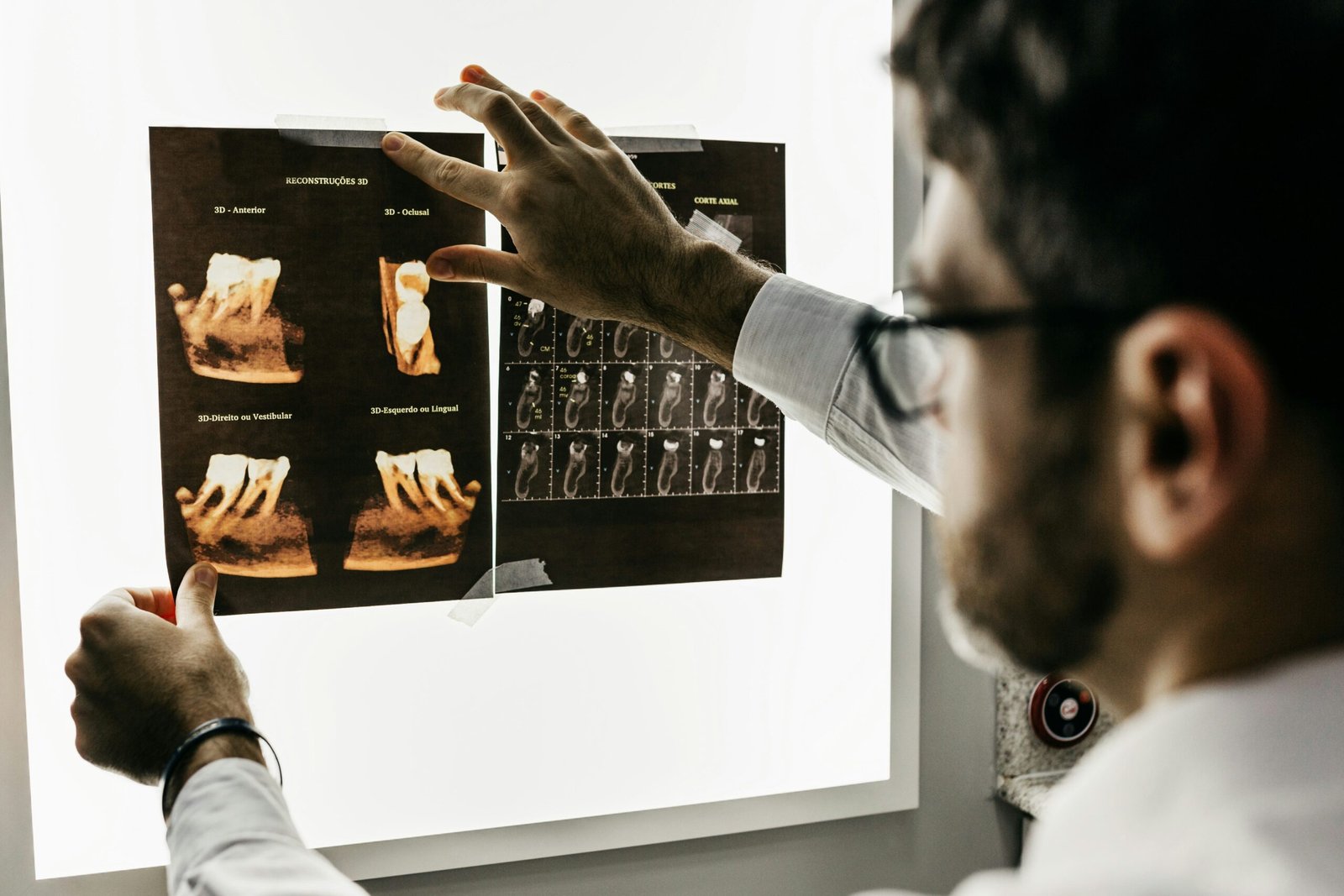The Discovery of X-Rays: A Medical Breakthrough by Wilhelm Röntgen
On November 8th 1895, a German physicist named Wilhelm Conrad Röntgen made a remarkable discovery that would revolutionize the field of medicine. While experimenting with cathode rays, Röntgen stumbled upon a new form of electromagnetic radiation that he would later name X-rays. This accidental discovery would change the way doctors diagnose and treat diseases, allowing them to see inside the human body without the need for invasive surgery.

Wilhelm Conrad Röntgen
Röntgen’s journey towards this groundbreaking discovery began with his fascination for cathode rays, a type of radiation produced when high voltage is applied to a vacuum tube. In his laboratory at the University of Würzburg, Röntgen conducted numerous experiments to study the properties of cathode rays. It was during one of these experiments that he noticed something peculiar – a fluorescent screen placed near the tube began to glow even when it was shielded from direct contact with the cathode rays.
Curious about this phenomenon, Röntgen decided to investigate further. He placed various objects between the cathode ray tube and the fluorescent screen, and to his surprise, he found that the screen still emitted light. This led him to conclude that a new form of radiation was being produced, one that could pass through objects and produce an image on the screen.
Röntgen was astounded by this discovery and spent countless hours experimenting with this mysterious radiation. He observed that X-rays could penetrate various materials, including human tissue, while being invisible to the naked eye. Realizing the potential applications of this new technology in the field of medicine, Röntgen began conducting experiments on living organisms, including his wife’s hand. The resulting X-ray image showed the bones and internal structures, proving that this new form of radiation had the ability to provide a non-invasive view of the human body.
News of Röntgen’s discovery spread rapidly, and the medical community was quick to recognize its significance. X-rays offered a revolutionary way to diagnose and treat diseases, as doctors could now visualize fractures, tumors, and other abnormalities without resorting to surgery. This breakthrough had a profound impact on medical practices, enabling earlier and more accurate diagnoses, leading to improved patient outcomes.
In recognition of his groundbreaking discovery, Wilhelm Conrad Röntgen was awarded the first Nobel Prize in Physics in 1901. His work laid the foundation for the field of radiology and transformed the way medicine is practiced. X-rays became an essential tool in medical diagnostics, and their applications continue to evolve to this day.
References:
https://www.nobelprize.org/prizes/physics/1901/rontgen/facts/
https://www.ncbi.nlm.nih.gov/pmc/articles/PMC1473138/

